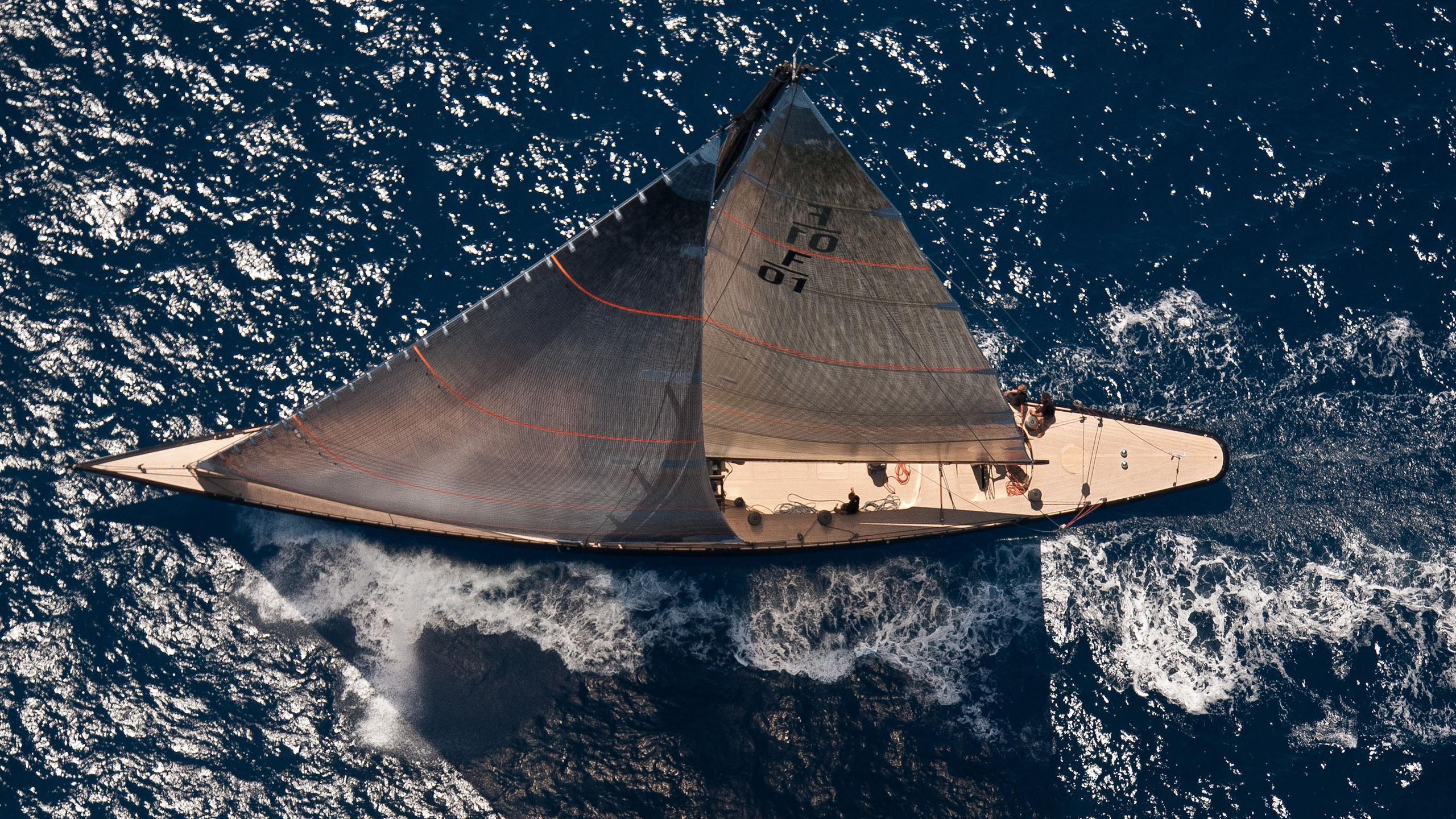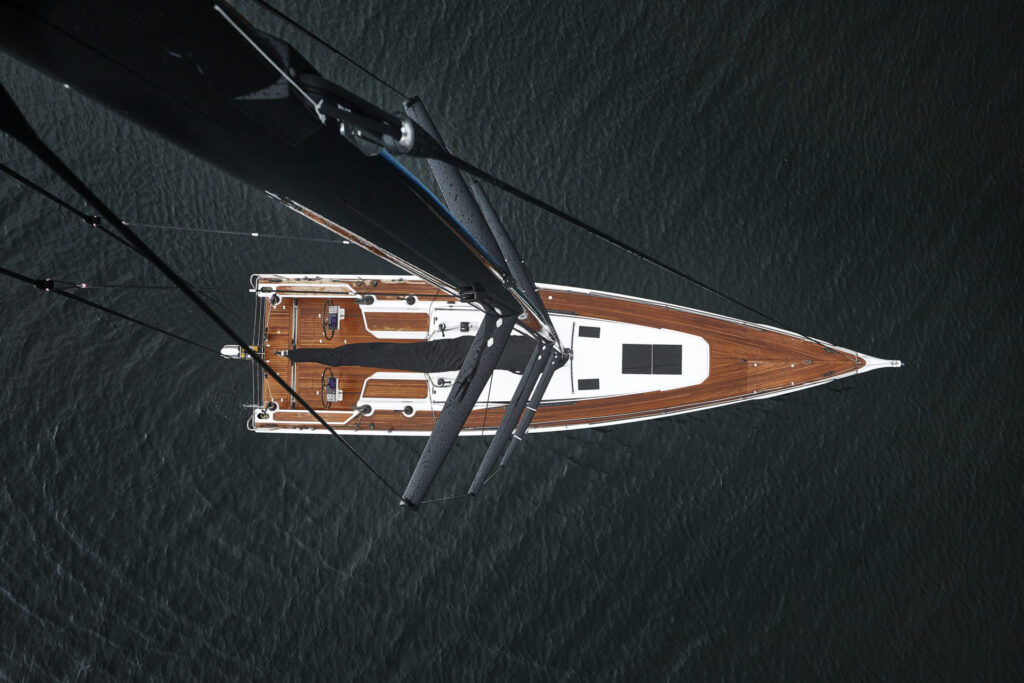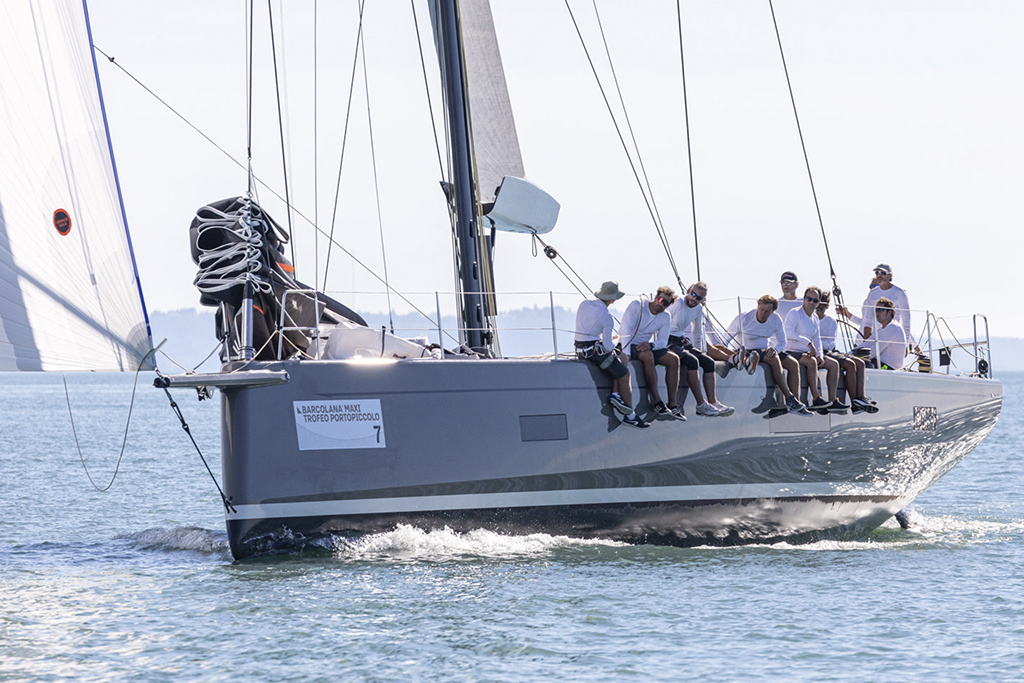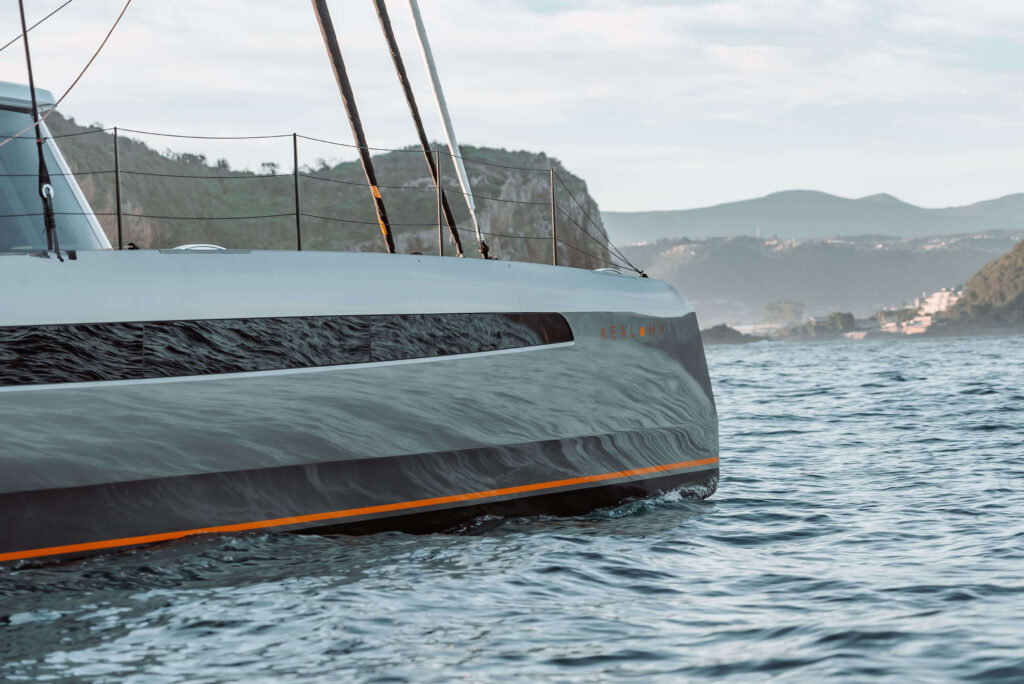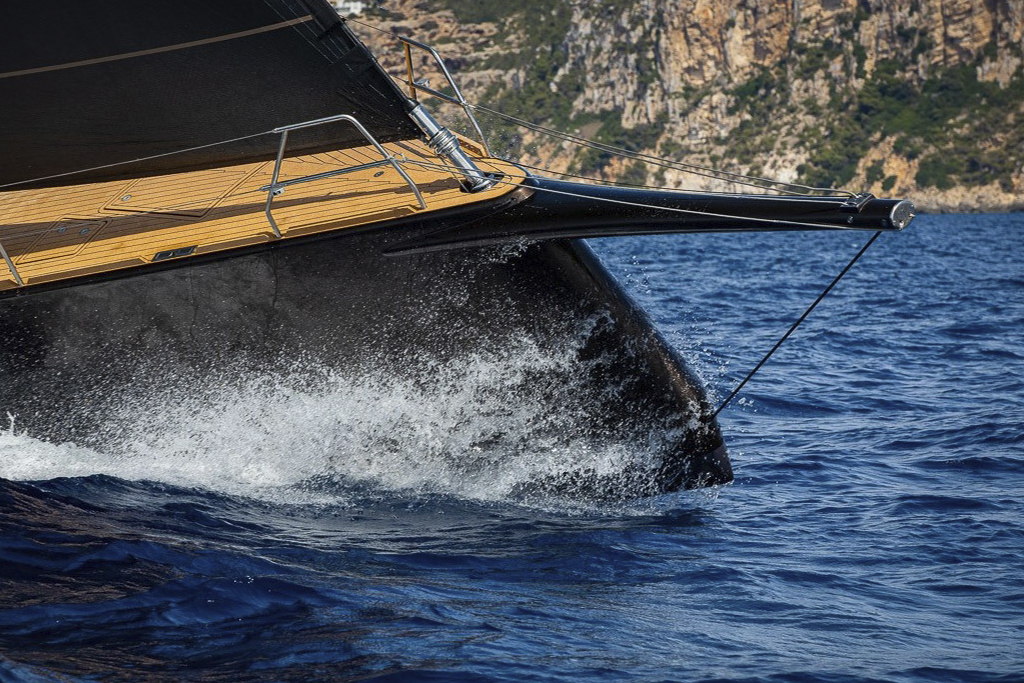longitudinal rigging
Longitudinal rigging on a sailboat refers to the collection of stays and systems that support and control the mast’s fore-and-aft (longitudinal) movement and stability.
Forestays on the front of the mast and often used to fly sails from. More than one multiple forestay can be used at the same time. These stays may be removable.
To counteract the forces of these sails, backstays are used. These stays can either be fixed (1) or running. (a pair)
Checkstays can be used to control mastbend.


